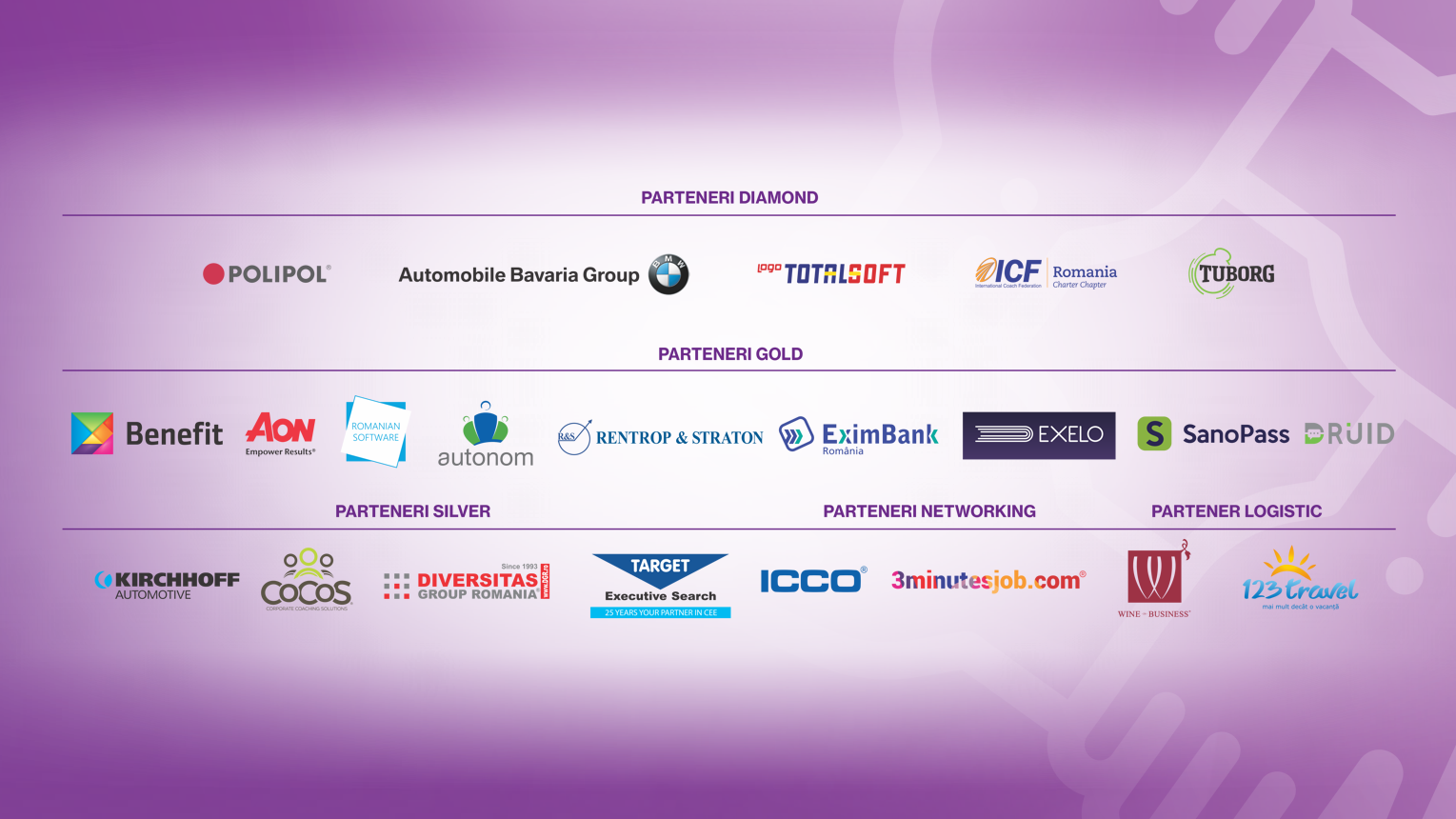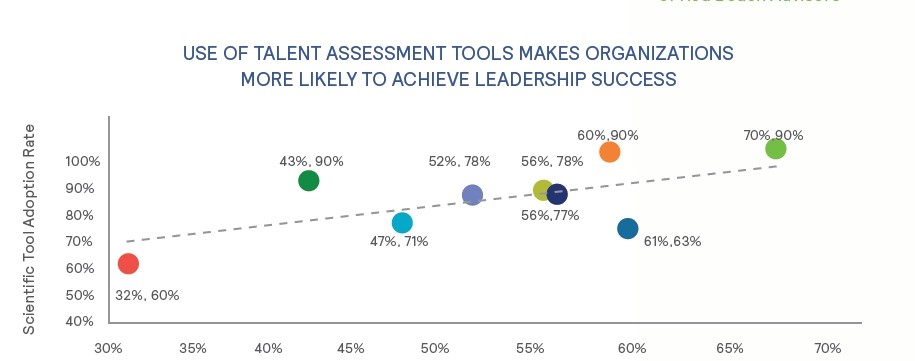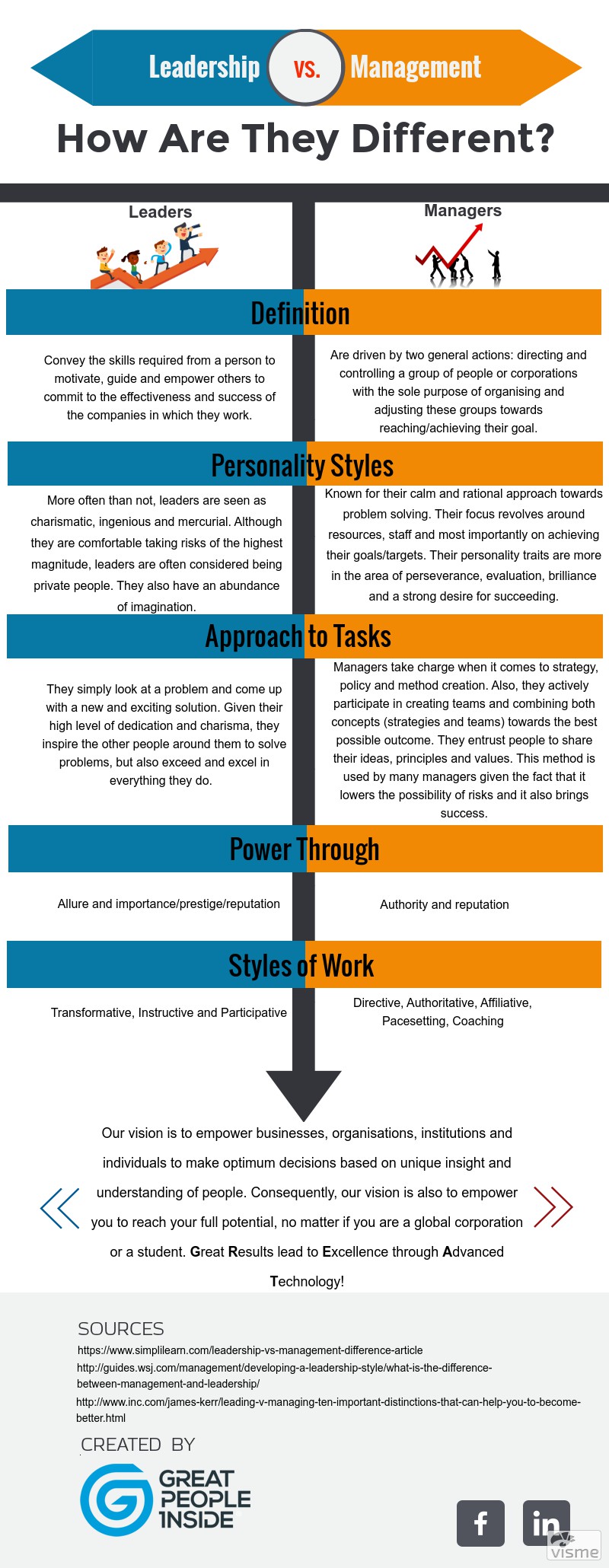Cultural Conflict in the Workplace
Cultural conflict in the workplace is never healthy and may lead to significant drops in productivity and morale. Managing such conflicts leads to a more harmonious workplace and, more often than not, garnering more creative ideas through multiculturalism.
Nowadays, companies have culturally diverse teams and it guarantees them success in the long term. Besides common sense, scientific studies have also revealed the fact that people with distinctive points of view and personalities increases the creativity of a team in solving their tasks. This is an honest assumption if we consider that every team member is pulling in the same direction.
A few years ago, Harvard Business School Assistant Professor Roy Y. J. Chua started to think about the impact of various cultures when working on a case study about a Chinese luxury apparel company. From his observations he discovered that there was a lot of unresolved conflict, miscommunication and tension between people of different cultures. Even when asked about their issues people did not seem to think there is a problem between them.
From his previous studies, Chua has compared the cultural problems and discrimination to hostile work environments where sexual harassment or racial discrimination were the underlying troubles. In these instances as well, co-workers’ performance and morale dipped even when they were not the targets of the aforementioned abuses. This is what is called ‘indirect conflict’ and it happens more often than companies think. For example, children who observe tensions between their parents may grow sceptical of the idea of marriage and just as citizens of USA and Mexico may have a growing hatred for each other due to the bickering their leaders have. So isn’t it possible that it could happen in the workplace?
Further Analysis Requirements
In order to further his discoveries professor Chua had decided to test his hypothesis with a series of studies. In the first study, a group of online participants were asked to make a list of their most important people on their own social media profiles, making note of their cultural backgrounds and if they were in good relations with one another. In the second part of the study, professor Chua has asked the participants to do a word association exercise in order to test their ability to connect distinct ideas from various cultures – this being the precursor to creativity on a global scale. In the exercise, they have been given the words “great”, “street” and “Berlin” and their answers should have been “Great Wall”, “Wall Street” and “Berlin Wall”. The findings from this exercise revealed that participants who had a more diverse pool of people on social media and disliked each other did around 23% worse on the test.
In Chua’s second study, he had asked the participants to think about 2 or 3 people from the same or different cultural backgrounds who have a reputation for not getting along too well with other people. Furthermore, study participants were asked to read professor Chua’s Chinese fashion house case study and then make their own suggestions for the collection that was going to be launched next year which would blend Asian and Western fashion styles. After this, fashion experts were asked to judge the creativity of their ideas. They have determined that the people with the least creative side were the ones who recalled friends from various cultural backgrounds who had conflicting relationships (e.g. 23% lower creativity score than the rest). Another interesting point discovered by Chua was that participants who saw people from different cultures having a good relationship, that it did not promote creativity, leading professor Chua to the conclusion that “As human beings, we pay more attention to negative information because it is a signal of danger. Positive information tends to be given less weight.”
CULTURAL SHOWDOWN
The experiments performed by Chua have demonstrated that for people working in multicultural business environments, it may be a slight risk but at the same time it underlined the importance of creating an environment that reduces intercultural disharmony. He went on to say “It is inevitable to have conflict when you bring people from different cultural backgrounds together,” he says. “It’s about how you manage the conflict. A lot of times managers try to put together a multicultural workplace without trying to integrate people better.”
It is fair to assume that if you were to be exposed to different work environments and ethics which differ to the ones you have grown accustomed to. This will most likely lead to wrong assumptions regarding your colleagues or managers and not with you. For instance, there may be a problem for people who celebrate Ramadan or the Lunar New Year who are living in Europe, because most Europeans do not value the importance of these holidays.
The reason this usually happens is because people have a tendency to over-value their own culture. We tend to believe that the way we do things, we communicate, we make decisions or lead is the most natural, polite, civilised and effective. Due to the clash between 2 cultures, we under-value and disapprove the new culture due to the fact that we are so set in our own ways.
There isn’t a simple recipe to manage cultural friction in the workplace, but solving it does create a harmonious workplace and the company can use the creative force which brought on by multiculturalism.
In order to manage cultural conflict here are a few things companies can do:
- Cultural background research on all employees.
- Remember never to pass on judgement through you own cultural frame of reference.
- Developing self-awareness in all employees in order to be more conscious in approaching another person
- Reconciliation is key as a leadership skill
- Becoming as culturally competent as possible and develop traits such as compassion, empathy, behavioural and thinking flexibility and emotional resilience.
In conclusion, it is fair to assume that this information does not mean the company’s cross-cultural conflict is completely and forever solved, but it definitely is a step in the right direction.
There is a real value in providing companies with the tools to carry out regular organisational assessments and this is where Great People Inside comes to your aid. Our online platform offers the best solutions and tools for your company to thrive in every type of industry and any possible situation your organisation may find itself. In terms of lowering your employee turnover rates, we recommend our GR8 Full Spectrum assessment for hiring and 360° Survey for retention. Finding the right talent, the best fit for the job and your organisation can be a very challenging task. It requires deep knowledge of your own organisation’s culture and a keen understanding of the candidate’s personality, strengths, interests, work style and other characteristics. Our technology and solutions will do the work for you, helping you find employees who can flourish and reach the highest performance required to constantly bring your company forward.
Request a free demo:
Sources:
https://www.londonschool.com/lsic/resources/blog/conflict-workplace-its-personal-even-when-its-cultural/
https://www.expatica.com/employment/employment-basics/dealing-with-cultural-conflicts-at-work-422715/
https://www.forbes.com/sites/hbsworkingknowledge/2013/12/09/how-cultural-conflict-undermines-workplace-creativity/#5cf7b03e214f






